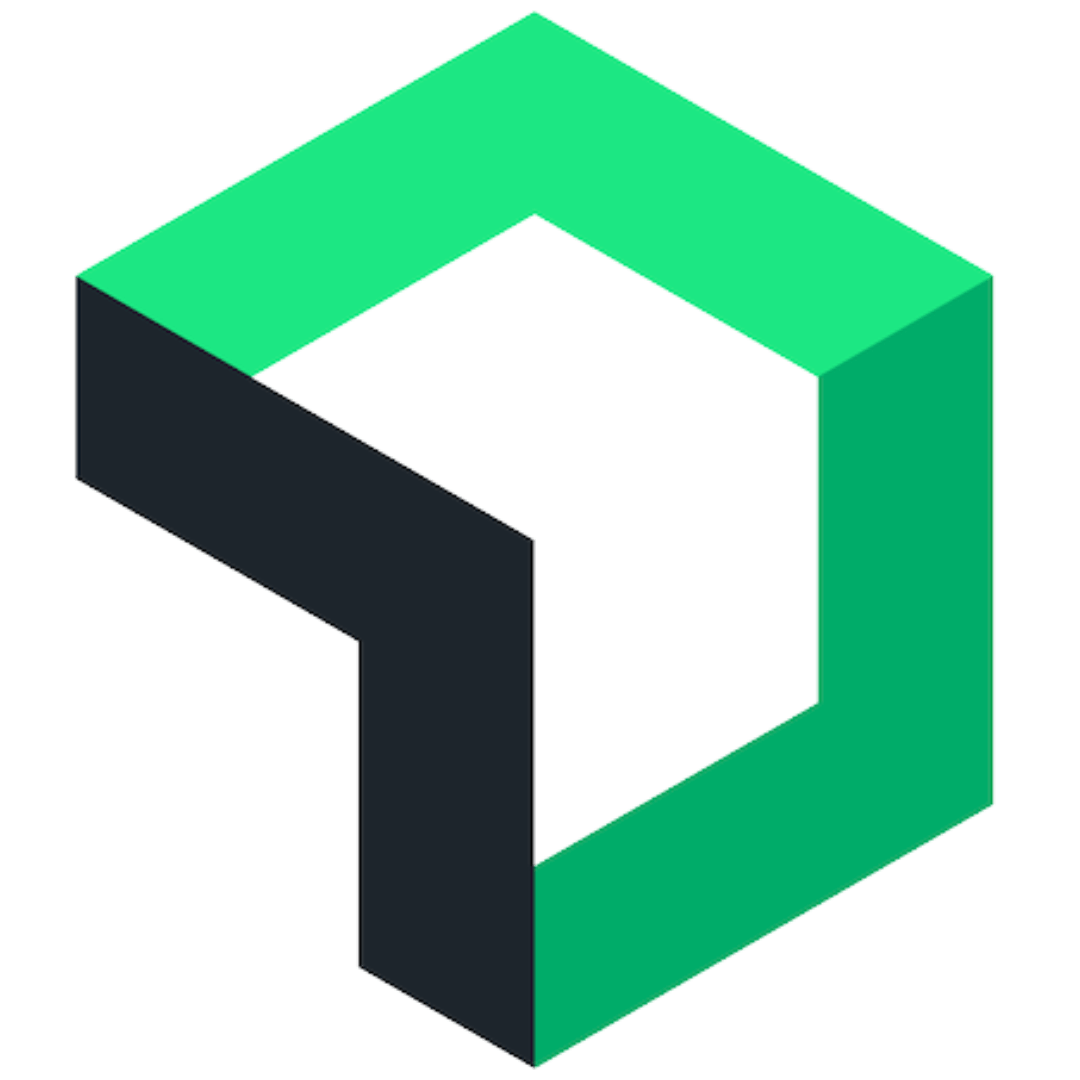 +
+

To integrate Amazon SES and New Relic with your monitoring system, please reach out to MetricFire. Book a demo with the MetricFire team to discuss integrating Amazon SES and New Relic and how that can support your monitoring system.
MetricFire has an easy to use integration that pulls metrics from the Cloudwatch API, and forwards them to a Hosted Graphite account. You can configure this integration in a few simple steps:
If you have any issues with configuring this integration, or need to integrate with a service that is not currently listed, please contact our team. We will be happy to help you out, and develop new AWS integrations for you!
To pull APM and Browser metrics from your New Relic account, just navigate to the Add-Ons page in your Hosted Graphite account. Here you will find the “New Relic Metric Import” card. Enter your New Relic API key into the textbox provided, then click the “Save” button:
You can also choose which “instances/apps” from New Relic you would like to import, this can be enabled via the “custom” button found on the same card (only after you have saved an API Key). You have two options for importing metrics from New Relic. You can choose to either import “summary” metrics or “all” metrics. Summary metrics are used to build the default dashboards you see for APM/Browser within your New Relic account and also the ones which we use to populate our automatic dashboards. See the Hosted Graphite New Relic docs for more details.
MetricFire is a full-scale platform that provides infrastructure, system, and application monitoring using a suite of open-source tools. We will aggregate and store your data as time series metrics, which can be used to build custom dashboards and alerts. MetricFire takes away the burden of self-hosting your own monitoring solution, allowing you more time and freedom to work on your most important tasks.
MetricFire offers a complete ecosystem of end-to-end infrastructure monitoring, comprised of open-source Graphite and Grafana. MetricFire handles the aggregation, storage, and backups of your data, and offers alerting, team features, and API's for easy management of your monitoring environment. You can send server metrics using one of our agents, custom metrics from within your application code, and integration metrics from a variety of popular 3rd party services that we integrate with like Heroku, AWS, Azure, GCP, and many more!
Our Hosted Graphite product has improved upon standard Graphite to add data dimensionality, optimized storage, and offers additional tools and features that provide customers with a robust and well-rounded monitoring solution.
Monitoring ZFS across your business's server infrastructure is crucial for ensuring data integrity, optimizing... Continue Reading